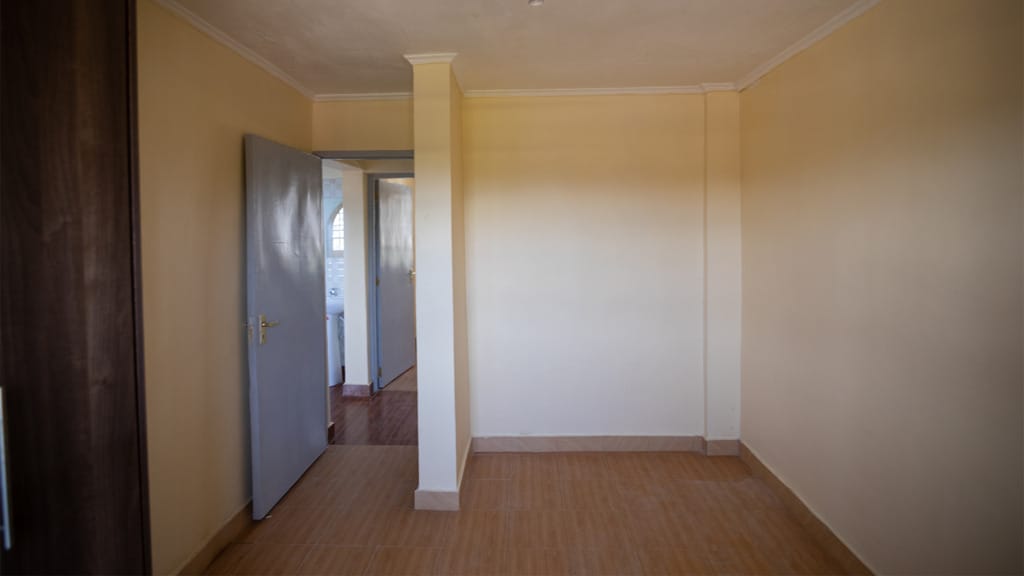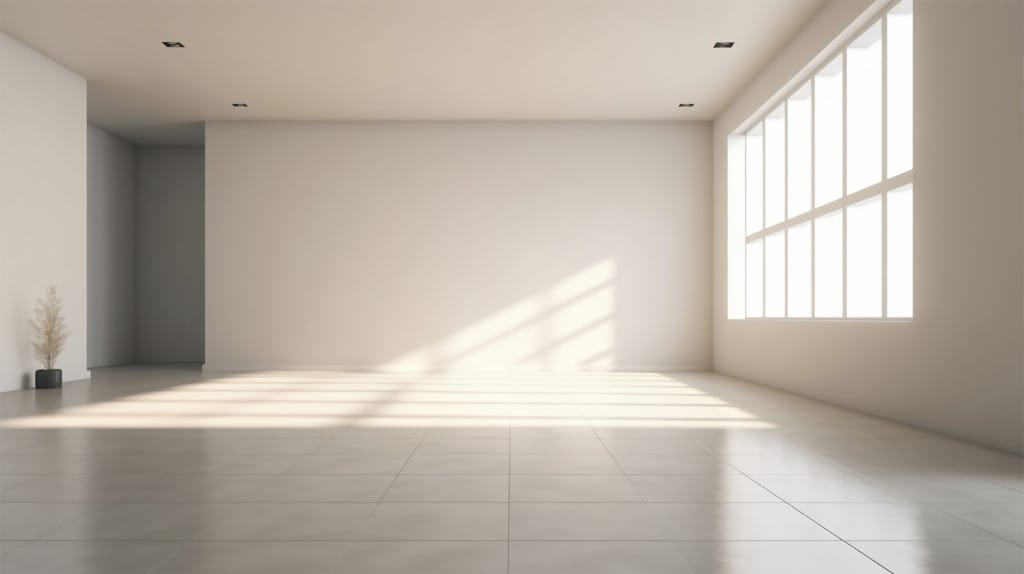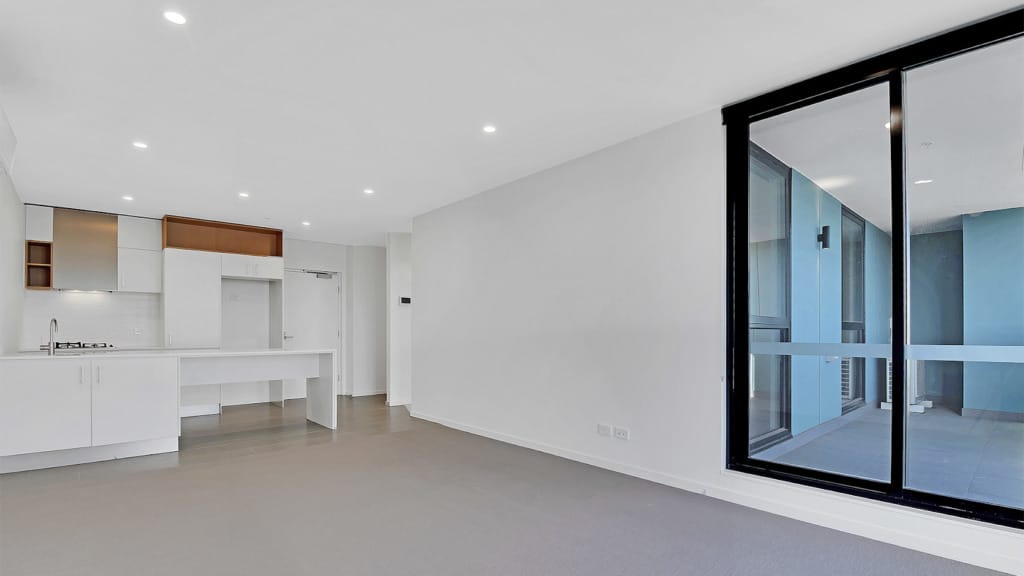In today’s competitive real estate market, every advantage matters. One of the most overlooked yet powerful strategies for selling a property quickly and at the best possible price is vacant home staging.
It’s a common dilemma: sellers and agents see staging as an added cost, yet research and experience consistently show it’s not an expense but an investment with measurable returns. From reducing days on market (DOM) to boosting sale prices and enhancing buyer emotional connection, vacant staging pays off in ways that can significantly impact your bottom line.
This guide breaks down the real ROI of staging empty homes, showing why it’s not just worth it, it’s essential in a competitive market.
The Unique Challenges and Opportunities of Vacant Properties
Vacant listings often present unique marketing challenges, but they also offer massive potential when staged effectively.
Why Vacant Homes Fall Flat (and Cost You Money)
1. Lack of scale and proportion perception:
Buyers struggle to understand room size without furniture. A queen bed clarifies scale; empty rooms often look smaller.
2. Feelings of coldness and emptiness:
Vacant spaces feel lifeless. Buyers can’t imagine a “home,” only an empty house.
3. Emphasis on flaws:
Without furniture and decor to guide the eye, buyers focus on imperfections: wall scuffs, odd layouts, outdated fixtures.
4. Increased carrying costs:
Every day a property sits unsold costs money: mortgage payments, property taxes, utilities, insurance. Prolonged DOM directly impacts seller profit.
These challenges aren’t minor inconveniences, they’re deal killers that reduce offers and extend holding times.
How Staging Transforms an Empty Canvas
Staging turns those drawbacks into advantages:
Defines space and function – Furniture shows how to use a tricky layout.
Creates emotional connection – Warmth, style, and personality make buyers imagine living there.
Highlights strengths – Good staging draws attention to natural light, flow, and architectural features.
Minimizes flaws – Strategic furniture placement and decor shift focus away from less desirable aspects.
Ultimately, staging turns “cold” listings into homes buyers want to own, driving offers and reducing market time. This is a key reason why real estate staging in Edmonton is important for selling.
Quantifying the ROI: Hard Numbers on Vacant Staging’s Impact
For sellers and agents, ROI isn’t just theory, it’s about real money. Let’s look at the numbers.
Faster Sales: Reducing Days on Market (DOM)
National Association of Realtors (NAR) and Real Estate Staging Association (RESA) data consistently shows staged homes sell faster:
- RESA Study: Professionally staged homes sell 3–30x faster than unstaged.
- NAR Report: 62% of agents say staging reduces DOM.
- Typical DOM Reduction: 30–50% faster.
Example Calculation:
- Unstaged DOM: 90 days.
- Staged DOM: 45 days.
- Monthly carrying cost (mortgage, taxes, utilities, insurance): $3,000.
Savings:
$3,000 x 1.5 months = $4,500 saved just in holding costs.
When you consider opportunity cost (freeing up capital for your next purchase), the financial impact grows.
Higher Sale Prices: Boosting Your Bottom Line
Staging doesn’t just help homes sell faster, it helps them sell for more:
- NAR: 1–5% increase in sale price is typical.
- RESA: Median increase of 5–10%.
Let’s break this down.
Example 1: Mid-Range Vacant Condo
- List price: $300,000.
- Cost to stage: $2,000.
- Expected sale price increase: 5% = $15,000.
- Net ROI: $15,000 – $2,000 = $13,000 net profit.
Even accounting for cost, the math is clear: staging pays. This is a topic we’ve covered before in our blog on how home staging increases property value.
Example 2: High-End Vacant Home
- List price: $1,500,000.
- Cost to stage: $8,000.
- Expected increase: 5% = $75,000.
- Net ROI: $75,000 – $8,000 = $67,000 net profit.
Even accounting for cost, the math is clear: staging pays.
The Hidden Costs of Not Staging (and How Staging Mitigates Them)
- Price reductions: Agents often recommend price cuts to generate interest in stale listings. A $10,000–$50,000 cut dwarfs the cost of staging.
- Marketing challenges: Empty homes are harder to photograph well and less appealing online.
- Negative buyer perception: Multiple price drops or long market times signal “problem property,” reducing offers even further.
By staging up front, you avoid these traps entirely.

Staging Strategies for Vacant Properties: Finding Your Best Fit
One size doesn’t fit all. Sellers and agents should consider the property, market, and budget when choosing a staging approach.
Physical Staging: The Gold Standard for Impact
What it involves:
Professional furniture, decor, artwork, and accessories tailored to the property.
Most impactful for:
- High-end listings.
- Unique layouts that need definition.
- In-person showings where buyers want a “feel.”
Addressing the hassle:
- Vet your stager: Look for a portfolio of vacant homes.
- Ask about logistics: Delivery, setup, removal, insurance.
- Check reviews and references.
Though more costly, physical staging delivers the highest emotional impact and typically the best ROI.
Virtual Staging: A Cost-Effective Alternative (with Caveats)
Pros:
- Significantly cheaper.
- Quick turnaround.
- Multiple style options.
Cons:
- No physical impact during showings.
- Risk of looking “fake.”
How to identify high-quality virtual staging:
- Realistic lighting and shadows.
- Consistent perspective and scale.
- No floating or transparent furniture.
Best use cases:
- Tight budgets.
- Awkward room angles.
- Improving online listings to get buyers in the door.
Hybrid Staging: Best of Both Worlds
Combines physical elements (art, accessories, bedding) with virtual furniture.
Benefits:
- Cost-efficient.
- Maintains “home-feel” in person.
- Flexible design.
Practicality:
- Good for condos, small homes, or partial staging of key rooms.
- Keeps budget manageable while improving both photos and in-person tours.
The Agent’s Dilemma: Who Pays for Vacant Staging?
This is a critical conversation for agents and sellers. Who foots the bill, and why?
Seller-Paid Staging: Advantages and Negotiation Tips
Why sellers should invest:
- Faster sale = lower carrying costs.
- Higher sale price = more profit.
- Stronger negotiating position with buyers.
Agent tips:
- Use ROI data and case studies.
- Show before-and-after photos.
- Frame staging as a marketing investment, not an expense.
Agent-Paid Staging (or Partial): A Strategic Investment
Some agents pay all or part of staging costs:
When it makes sense:
- High commission potential.
- Competitive market where speed is vital.
- Strong confidence in property appeal once staged.
ROI for agents:
- Faster sales cycle.
- Higher commission.
- Better client reviews and referrals.
Tiered Pricing Models and Collaborations
To make staging more accessible:
- Tiered packages (full, partial, key rooms).
- Partnerships with staging companies for discounted rates.
- Add-on services like consultation-only or virtual-only options.
Many stagers will work with agents to design plans that fit budget and strategy.
Maximizing Your Vacant Staging ROI: Practical Tips for Sellers and Agents
Want to get the absolute best return on staging investment? Here’s how:
Choose the right stager:
- Review portfolios with vacant home examples.
- Check client testimonials.
- Ensure experience with your property type and price point.
Prioritize key areas:
- Living room: Most emotionally important.
- Master bedroom: Buyers imagine themselves there.
- Kitchen and dining: Lifestyle appeal.
Handle repairs and cleaning:
- Staging can’t hide everything.
- Minor fixes and a deep clean make staging shine.
Invest in high-quality photography:
- First impression is online.
- Professional photos make staged homes stand out in listings.
Market the staging effectively:
- Highlight in listing description.
- Use photos in print and digital ads.
- Share on social media to reach more buyers.
For a step-by-step guide on how to stage a vacant property, check out our blog on a step-by-step guide to staging an empty house.

The Verdict on Vacant Staging’s Worth
When you look at the numbers, the psychology, and the competitive realities of today’s market, the answer is clear: vacant staging delivers undeniable ROI.
It’s not just about decorating a house, it’s about marketing it effectively. Staging reduces time on market, raises sale prices, and creates the emotional connection that turns browsers into buyers.
For sellers and agents alike, it’s not an expense, it’s an investment with a proven payoff.
Contact The Staging Place for vacant home staging in Edmonton.


